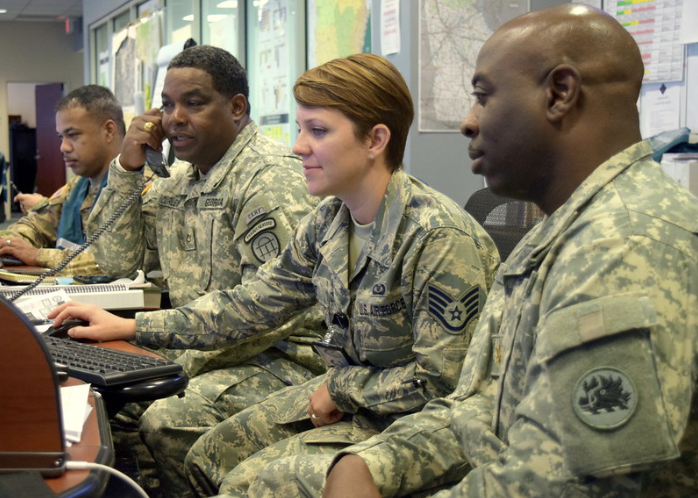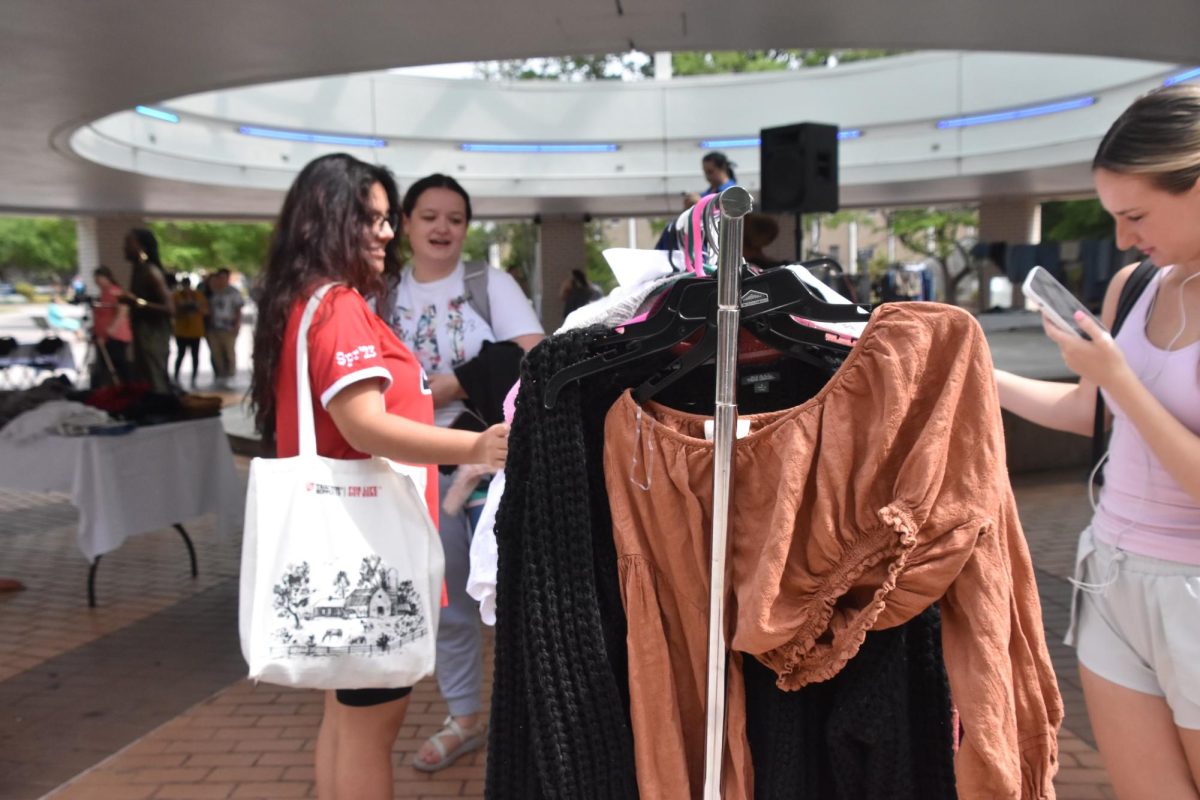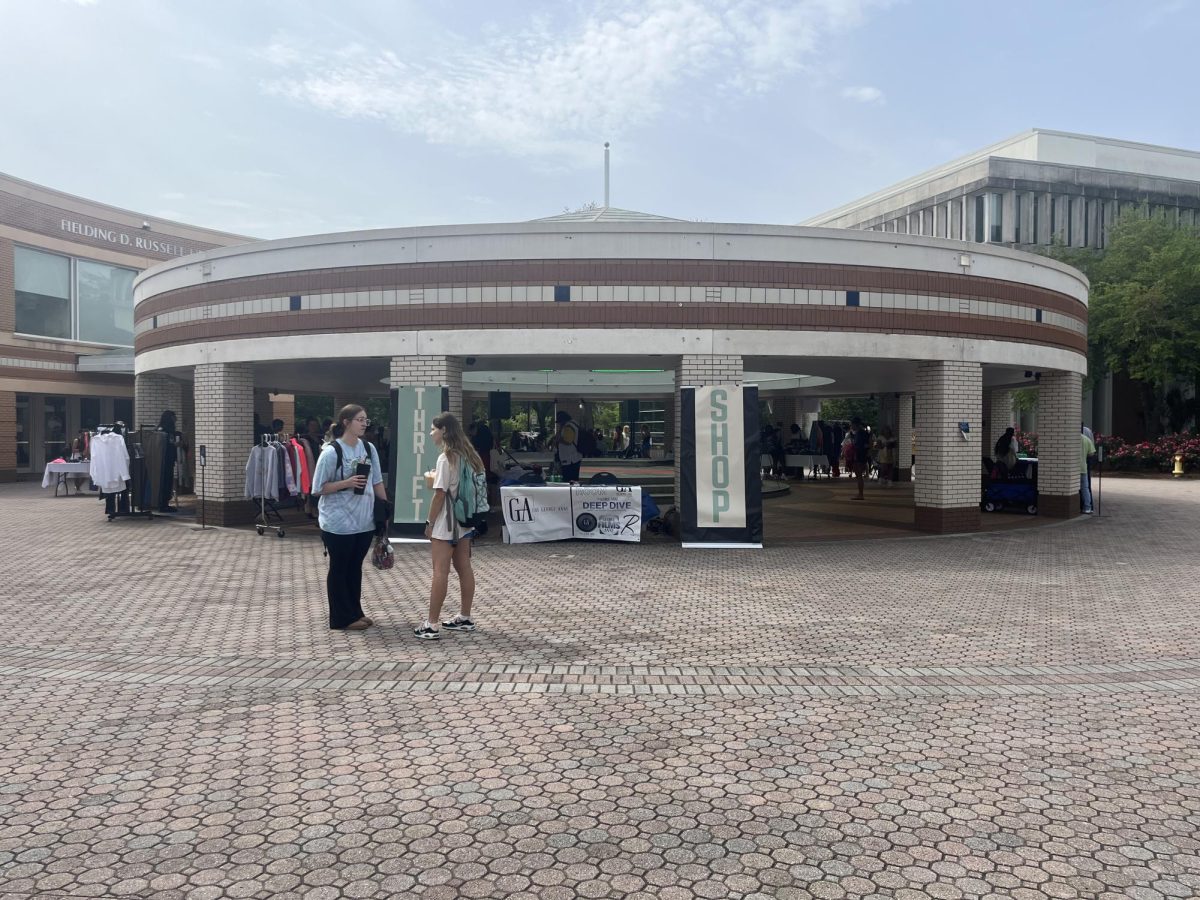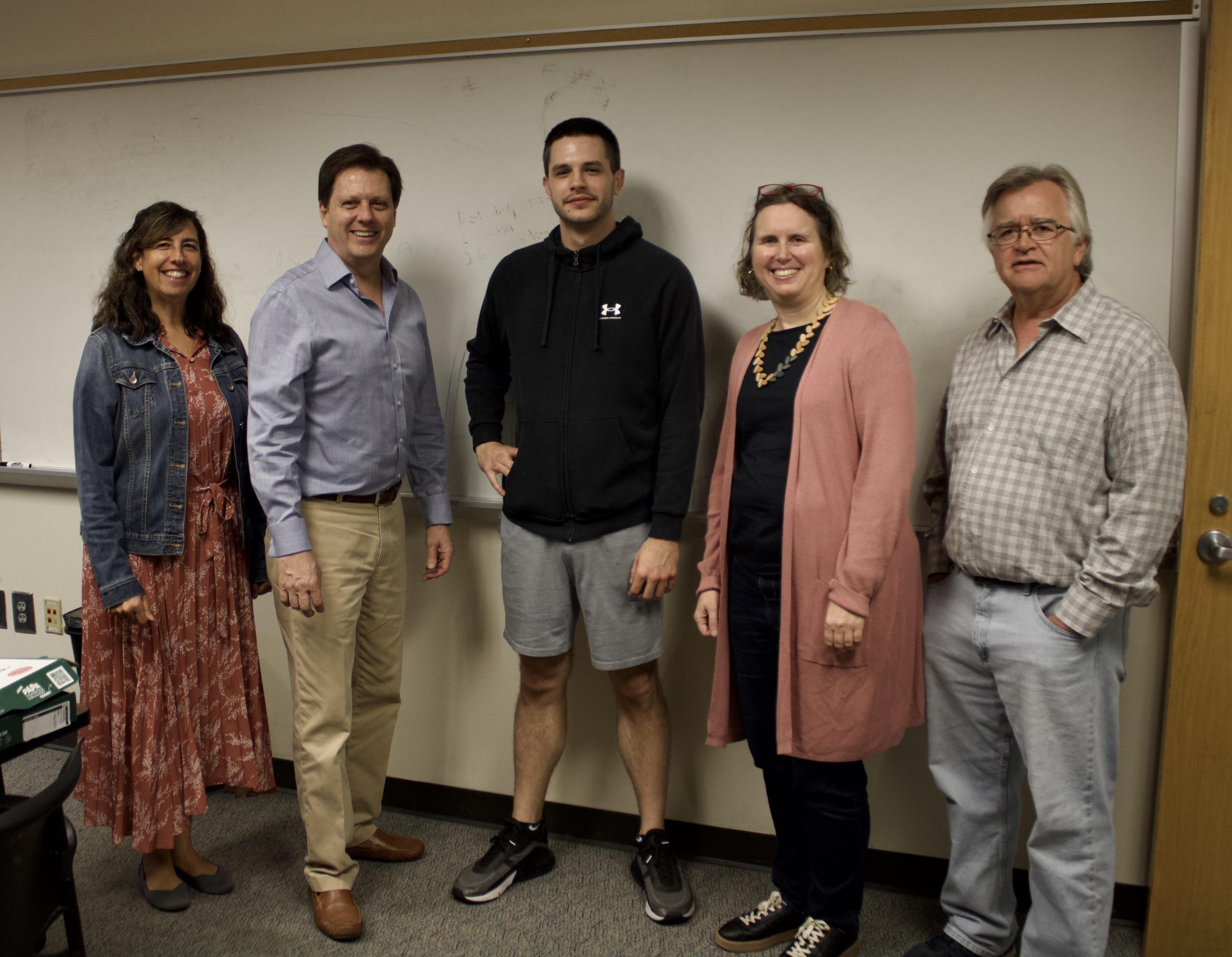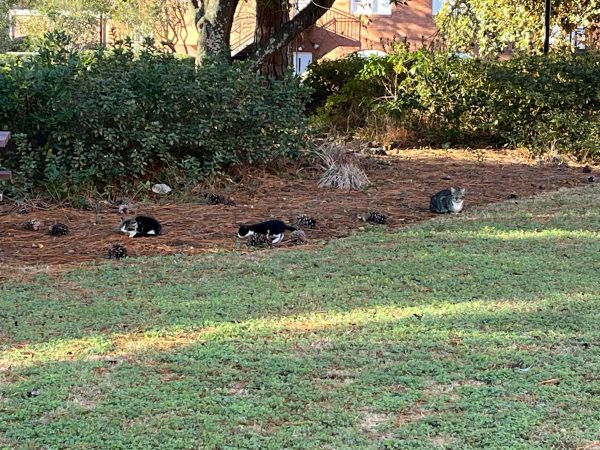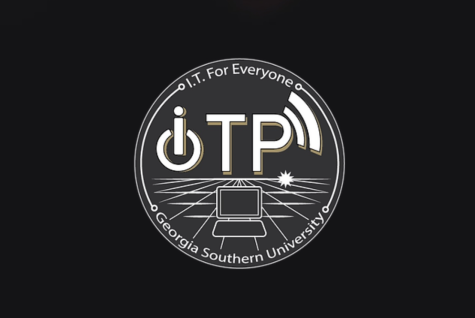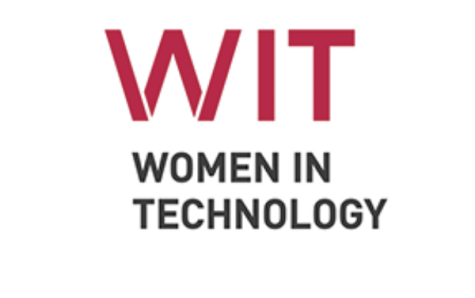Paying for change: The finances behind downtown Statesboro’s revitalization effort
November 28, 2017
It is a long-anticipated goal, the culmination of a process spanning several years. None of it could have been or will be realized, though, without the money to make things happen.
The Blue Mile initiative, spurred by Statesboro’s city and business leaders, is supported by various financial components from the city, state and federal governments, as well as by local banks.
These different financial measures combined help make the Blue Mile more financially viable.
Background
The Blue Mile refers to the stretch of South Main Street that begins at Sweetheart Circle and continues until the Bulloch County Probate courthouse.
East to west, the Blue Mile area includes the area from College to Railroad Street, although South Main Street is considered the primary area, Allen Muldrew, the director for the Downtown Statesboro Development Authority (DSDA), said.
This initiative to improve downtown Statesboro started in 2011. It gained more momentum after Statesboro was chosen as a quarterfinalist in the America’s Best Communities (ABC) competition in April 2015. Frontier, DISH, CoBank and The Weather Channel created the ABC contest to encourage revitalization of rural communities.
Statesboro advanced through the semifinal level of the competition, to the finals, where it won third place overall in April 2017.
Now, city leaders are in the implementation phase of various projects, such as the Blind Willie McTell statue and some of the new businesses that recently moved to the Blue Mile, Bob Mikell, a Blue Mile Committee member and Vice President of the Statesboro Chamber of Commerce, said.
Competition winnings
Perhaps the most publicized part of the Blue Mile’s financings is Statesboro’s winnings from the ABC competition.
Statesboro was awarded 1.15 million dollars throughout the whole contest. This included the $50,000 won at the quarterfinal level, $100,000 at the semifinalist level and $1,000,000 as a third place finalist, Bob Mikell said.
It has been seven months since the competition ended. The Blue Mile Foundation, an offshoot of its sister committee, chose to invest the money via the Wells Fargo bank after the monies were received, Mikell said.
Mikell elaborated that because the Blue Mile is at least a several-million-dollar endeavor, the $1,150,000 alone is not enough to sustain the initiative.
He explained that other measures, such as a tax-allocation district, will be implemented to supplement the ABC funds for the Blue Mile and other areas of downtown Statesboro.
The TAD
A tax-allocation district, or TAD, is a designated area in a town where excess from increased property taxes is used to improve that designated area. The specified districts are typically economically depressed areas in need of revitalization, Allen Muldrew said.
The excess in property taxes, referred to as a margin, is created from improved value of the TAD. Only the margin is used for projects within a TAD. The base property taxes collected from an area are not affected.
Improved value happens when people are improving properties, the property value are rising and people want to move to the TAD area, Darren Burnett, co-chair of the Blue Mile Committee and Divisional CEO of Sea Island Bank for Southeast Georgia and Northeast Florida.
The TAD monies collected from that increased margin have to be used within 10 years, or those funds will be diverted back to the city, county and Board of Education. TAD functions as a project-based mechanism.
“Somebody will bring a project to the TAD and say ‘we believe this is a good project for TAD’…You can put amenities around a property,” Muldrew said. “You can do things like demolition… stuff that helps prep a site.”
He explained that the intent of the TAD is that with each redevelopment project, everything around the project also is improved in a sort of “halo effect”.
Statesboro’s TAD mechanism was approved in January 2015 by the city. Likewise, the county approved it in October 2017.
The Bulloch County Board of Commissioners agreed to partner with the city about two months ago in reaching out to the Board of Education, the last entity to approve the TAD before it can go into effect.
The school board has a voice in approving TAD since the margin will be based on property taxes.
The Blue Mile Committee is working with current mayor Jan Moore on a plan of action to encourage the board to approve the TAD next year, Keeley Fennell, the other co-chair of the Blue Mile Committee and an employee at Nesmith Construction, said.
Loans, state money and more
Sea Island Bank of Statesboro started providing low-interest loans to businesses wanting to purchase and revitalize in the Blue Mile are as the initiative began to grow in scope, Burnett said.
The loan can cover up to $300,000 in business improvements. It has a 3.99 percent interest rate for 10 years, which Burnett mentioned is below market value.
“We require that you do at least 15 percent exterior improvements, so we didn’t want somebody to come in and take advantage of some low-rate money and not improve the exterior, because that’s what really needs the help,” Burnett said.
He estimated that the bank has already funded around $3,000,000 for both business and residential ventures in the downtown area.
As well, the Georgia Department of Transportation decided to give Statesboro $450,000 to help with infrastructure along the Blue Mile.
“I think it was more of a celebration, ‘we want to support Statesboro’ type of initiative because Statesboro was entered into the America’s Best Communities competition. The state of Georgia was proud that we were the only Southern city involved in that,” Fennell said.
Those funds will be available in 2018. Fennell added that the committee is working with engineering firms to determine how exactly that money could be spent.
In addition, Georgia Southern University has committed $500,000 to link their trail system with the Blue Mile, according to the updated “Blue Mile Community Revitalization Plan” posted at www.borobluemile.com.
The DSDA also offers a program for downtown buildings to improve their facades. The DSDA can allocate between $2,000 and $4,000 depending on the project, Muldrew said.
Future plans
There are not currently many financial incentives that the city can give to Blue Mile businesses, but Burnett acknowledged the need for more incentives.
“If there’s a cost savings [to businesses], could make a big difference. Expense control makes a business more profitable,” Burnett said.
Mikell mentioned that tax incentives to businesses, separate from the TAD, are also an option, although the Blue Mile committee and city are not working on offering such incentives now.
For the time being, the Blue Mile Committee’s foremost intent is to utilize part of the Blue Mile funds to address the infrastructure problems on South Main Street.
EMC Engineering, the firm that did the initial concept of the Blue Mile, is working with the city’s engineering department to develop a plan that addresses those problems. Currently, a price estimate is being developed for that, Fennell said.
She pointed out that issues like housing and periodic flooding derived from faulty storm drains have to be fixed for the street to properly function.
Fennell added, “I want to make sure the road works the way it should be, that the right-of-ways are correct, and that everything is safe and pedestrian-friendly.”

